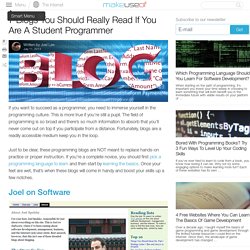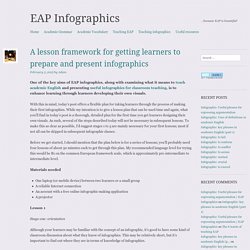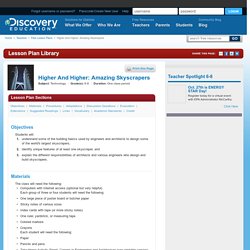

Make Images, Videos and Web Stories for Free in Minutes. 10 Terrific Sites to Teach Kids Typing the Fun Way. Advertisement Technology has taken us to a place where computer usage in elementary school is now the norm.

So to help your kids get a head start on their typing skills, why not make it enjoyable for them? These 10 websites are great for kids of all ages to have fun while they learn and practice typing. 10 Free Math Games Your Kids Should Be Playing 10 Free Math Games Your Kids Should Be Playing The mere mention of the word "mathematics" is enough to strike fear into the hearts of adults around the world. Which is why children need to be engaged with maths from a young age. Read More 1. FreeTypingGame is a nice option because it has three clear sections for lessons, games, and tests. The lessons let you choose from 30 options based on the keys to be learned. 2.
For another site that has a good selection, KidzType offers lessons, exercises, practices, and games. The game options are lively and fun with gliding cats, juicy apples, and powerful ninjas. 3. 4. 5. 6. 7. 8. 9.
10 Ready-to-Borrow Project Ideas. If you're planning to give project-based learning a try during the coming school year, you may hope a spark of inspiration will strike during the summer months that will lead to a memorable PBL experience.

And maybe that's just the excuse that hard-working teachers need to take a hike or daydream by a pool. But here's another surefire strategy for PBL planning: borrow project ideas from your colleagues and adapt or remix to fit your context. Here are ten project ideas that I've gathered from a busy season of summer conferences and professional development events (including ISTE 2015 and PBL World, an annual event hosted by the Buck Institute for Education). By sharing their thinking at this early draft stage, teachers invite feedback from peers. That's another strategy for effective project planning. Let's Dig In! Which of these driving questions might frame a meaningful inquiry experience for your students? What's your story? How can we, as ecologists, solve the wild horse problem?
Random Facts ← FACTSlides → Amazing FACTS you didn't know! 7 Blogs You Should Really Read If You Are A Student Programmer. If you want to succeed as a programmer, you need to immerse yourself in the programming culture.

This is more true if you’re still a pupil. The field of programming is so broad and there’s so much information to absorb that you’ll never come out on top if you participate from a distance. Fortunately, blogs are a readily accessible medium keep you in the loop. Just to be clear, these programming blogs are NOT meant to replace hands-on practice or proper instruction. If you’re a complete novice, you should first pick a programming language to learn and then start by learning the basics. Joel on Software Joel on Software is one of the most incredible resources for any aspiring software developer. For your benefit, Joel has a clear list of his “Top 10″ articles for easy browsing. Unfortunately, having retired last year, Joel no longer writes new articles to the site. Coding Horror The blog posts have evolved over many years and the focus of the blog itself has evolved with them.
Cool Tools for 21st Century Learners: Create Interactive Albums with ThingLink Channels. Now teachers and students can create collections of work within the safety of their own ThingLink EDU classroom with an exciting new feature known as Channels.

ThingLink Channels provide users with the ability to organize images into embeddable interactive albums with the click of a button. Teaching and Learning with Science Media : KQED Education. A lesson framework for getting learners to prepare and present infographics. One of the key aims of EAP infographics, along with examining what it means to teach academic English and presenting useful infographics for classroom teaching, is to enhance learning through learners developing their own visuals.

With this in mind, today’s post offers a flexible plan for taking learners through the process of making their first infographics. While my intention is to give a lesson plan that can be used time and again, what you’ll find in today’s post is a thorough, detailed plan for the first time you get learners designing their own visuals. As such, several of the steps described today will not be necessary in subsequent lessons. Sure-Fire Tips To Memorise A Speech. How To Be A Google Power User. Higher And Higher: Amazing Skyscrapers. This lesson plan may be used to address the academic standards listed below.

These standards are drawn from Content Knowledge: A Compendium of Standards and Benchmarks for K-12 Education: 2nd Edition and have been provided courtesy of theMid-continent Research for Education and Learningin Aurora, Colorado. Grade level: 6-8Subject area: ScienceStandard: Understands the scientific enterprise.Benchmarks: Knows that people of all backgrounds and with diverse interests, talents, qualities, and motivations engage in fields of science and engineering; some of these people work in teams, and others work alone, but all communicate extensively with others.